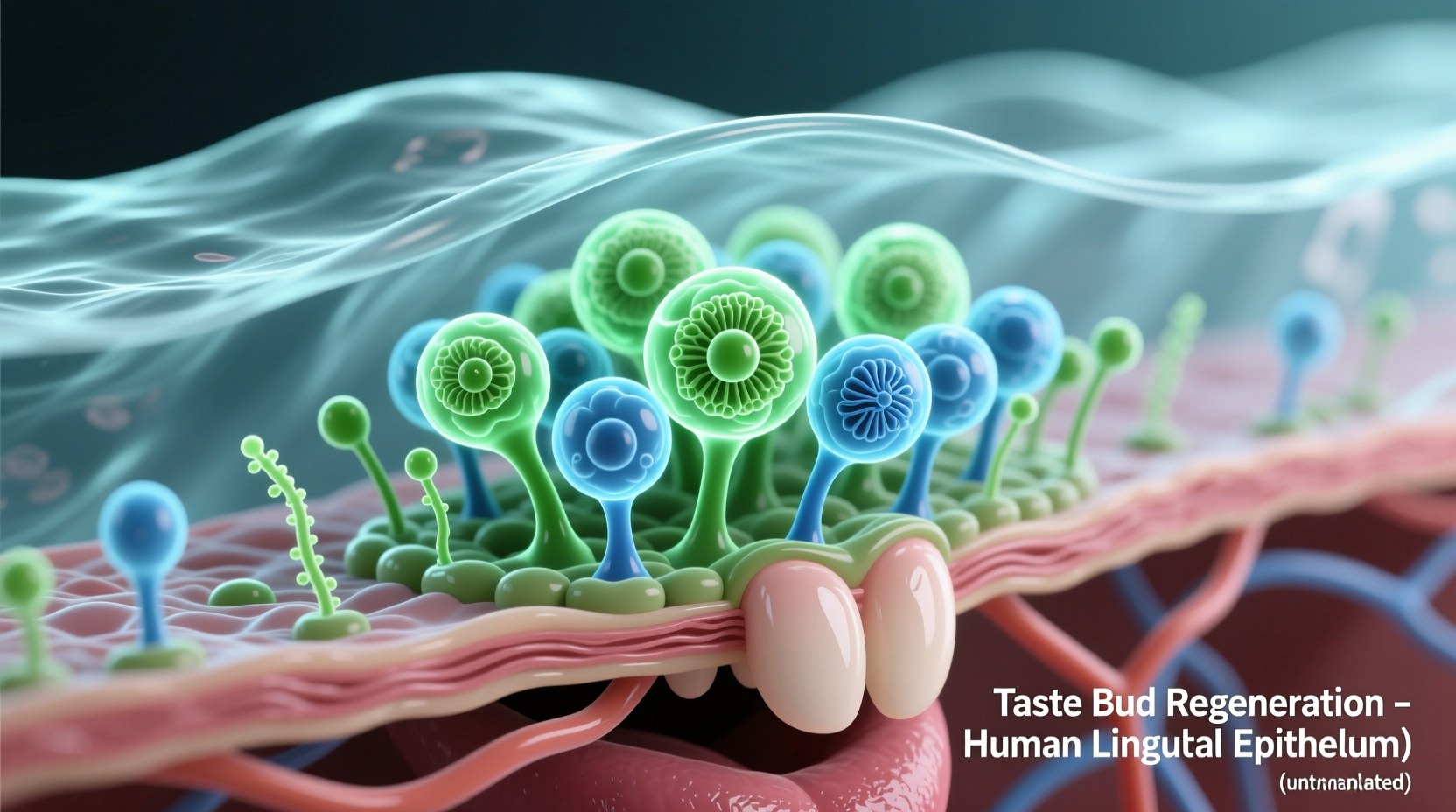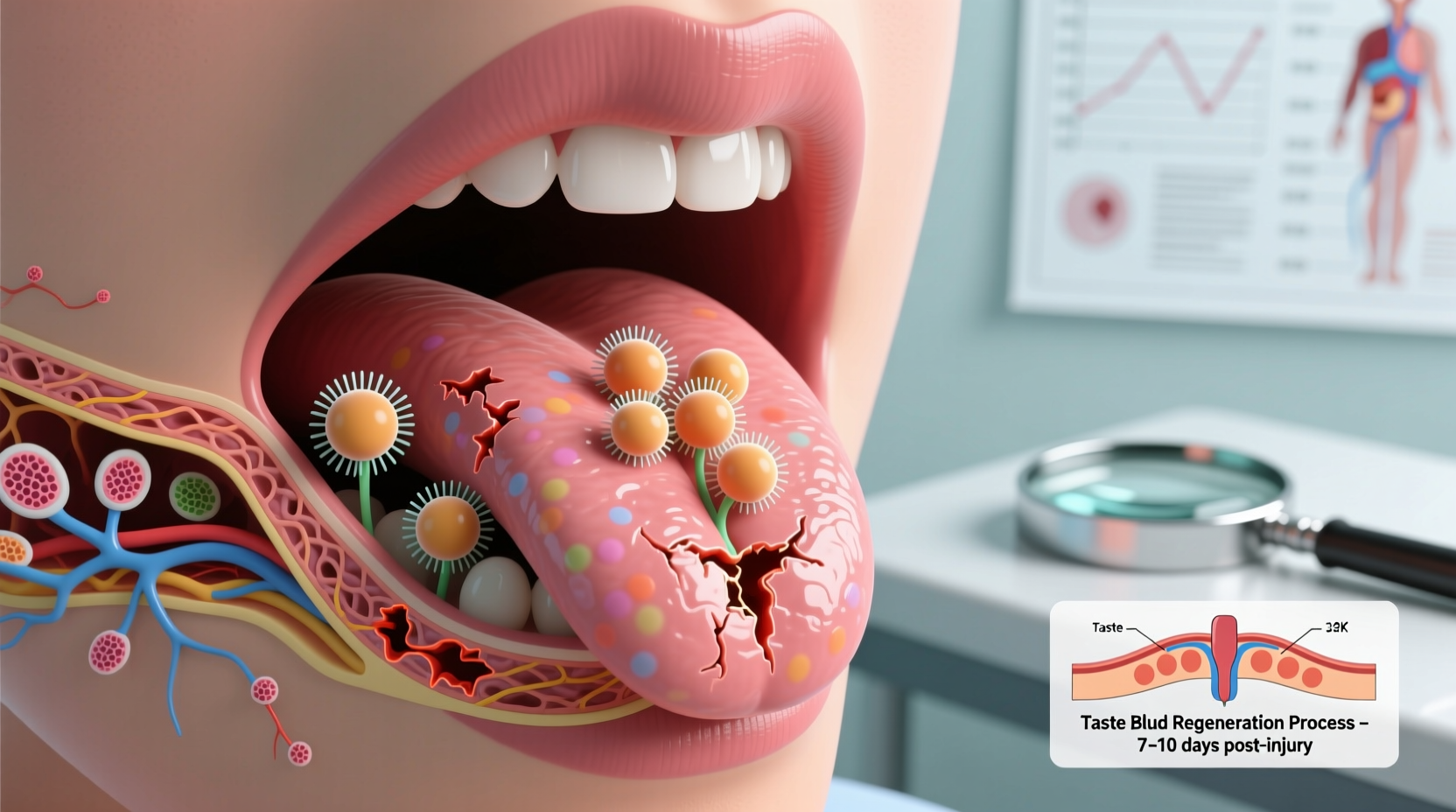Have you ever taken a bite of your favorite meal only to find it completely flavorless? You're not alone. Approximately 23 million Americans experience taste disturbances annually, with viral infections being the leading cause. Whether you're recovering from COVID-19, adjusting to new medications, or simply noticing flavors fading with age, this guide delivers medically-reviewed strategies to restore your sense of taste—backed by otolaryngology specialists and clinical research.
Why Your Taste Buds Might Be Struggling
Taste loss (ageusia) or reduced taste (hypogeusia) typically stems from issues affecting your taste receptors, olfactory system, or neural pathways. Contrary to popular belief, taste buds themselves regenerate every 10-14 days—so the problem usually lies elsewhere:
- Viral infections (especially post-COVID): 74% of patients regain taste within 4 weeks (NIH, 2023)
- Medication side effects: Over 500 drugs list taste disturbance as a potential side effect
- Sinus conditions: Chronic congestion blocks odor molecules essential for flavor perception
- Nutritional deficiencies: Zinc and vitamin B12 deficiencies directly impact taste receptor function
- Dental issues: Poor oral hygiene or ill-fitting dentures create bacterial environments that mask flavors
| Cause of Taste Loss | Typical Recovery Timeline | Home Remedies That Help |
|---|---|---|
| Viral infection (e.g., COVID-19) | 2-8 weeks | Smell training, zinc supplementation |
| Medication side effect | Varies by drug | Consult doctor about alternatives |
| Sinus congestion | 1-3 weeks | Nasal irrigation, steam therapy |
| Nutritional deficiency | 4-12 weeks | Targeted supplementation |
| Chronic condition (e.g., diabetes) | Ongoing management | Medical treatment + dietary adjustments |
Immediate Actions to Restore Taste Function
Start these evidence-based strategies today while waiting for natural recovery:
Optimize Oral Environment
Your mouth's pH balance and bacterial composition directly affect taste perception. Try these clinically-supported techniques:
- Morning citric acid rinse: Dissolve 1/4 tsp citric acid in 4oz water (used in clinical trials at University of Florida)
- Zinc-containing mouthwash: Look for products with 0.05% zinc acetate (reduces metallic taste)
- Texture variation: Combine crunchy and smooth elements in meals to stimulate different sensory receptors
Nutritional Interventions With Scientific Backing
Not all supplements help—these specific approaches have clinical evidence:
- Zinc gluconate (50mg/day) for 3 months shows 32% improvement in taste function for zinc-deficient patients (American Journal of Clinical Nutrition)
- Vitamin A oil drops (5,000 IU) applied to tongue twice daily—improves taste bud regeneration
- Alpha-lipoic acid (600mg/day) demonstrates promise for post-viral taste recovery in European studies

Advanced Recovery Techniques
When basic strategies aren't enough, these specialized approaches deliver results:
Smell Training Protocol
Since 80% of flavor comes from smell, this evidence-based method works:
- Use four distinct essential oils: lemon, rose, clove, eucalyptus
- Sniff each for 20 seconds, twice daily, for 12 weeks
- Focus on recalling the scent's memory (critical for neural retraining)
Research from the University of Dresden shows this method improves taste perception in 67% of patients with post-viral smell/taste disorders.
Flavor Enhancement Strategies
While recovering, maximize remaining taste function with these chef-developed techniques:
- Temperature contrast: Serve hot foods hotter (140°F+) and cold foods colder (35°F-) to stimulate thermal receptors
- Acid layering: Add citrus at multiple cooking stages rather than just finishing
- Umami stacking: Combine multiple umami sources (miso + tomatoes + mushrooms) for flavor amplification
When to Seek Professional Help
Most taste disturbances resolve naturally, but these red flags require medical evaluation:
- Taste loss persisting beyond 3 months
- Accompanying symptoms: facial weakness, ear pain, or persistent nasal congestion
- Sudden complete loss of taste without obvious cause
- Taste distortion (phantogeusia) where foods taste foul
Specialists may recommend:
- Gustatory testing: Measures taste threshold using chemical strips
- ENT evaluation: Checks for sinus issues or nerve damage
- Nutritional blood work: Specifically tests zinc, vitamin B12, and copper levels
Realistic Expectations for Recovery
Understanding recovery timelines prevents frustration. The National Institute on Deafness and Other Communication Disorders confirms:
- Post-viral taste loss: 95% show improvement within 6 months
- Medication-induced: Usually resolves within 2-4 weeks of discontinuation
- Aging-related: Gradual decline that can be partially offset with dietary adjustments
- Radiation therapy: 40-60% experience permanent changes requiring adaptation
Remember: Complete restoration isn't always possible, but strategic flavor enhancement techniques can make meals enjoyable again. Professional chefs with taste impairments often develop heightened sensitivity to texture and temperature—proving you can still experience culinary satisfaction.











 浙公网安备
33010002000092号
浙公网安备
33010002000092号 浙B2-20120091-4
浙B2-20120091-4